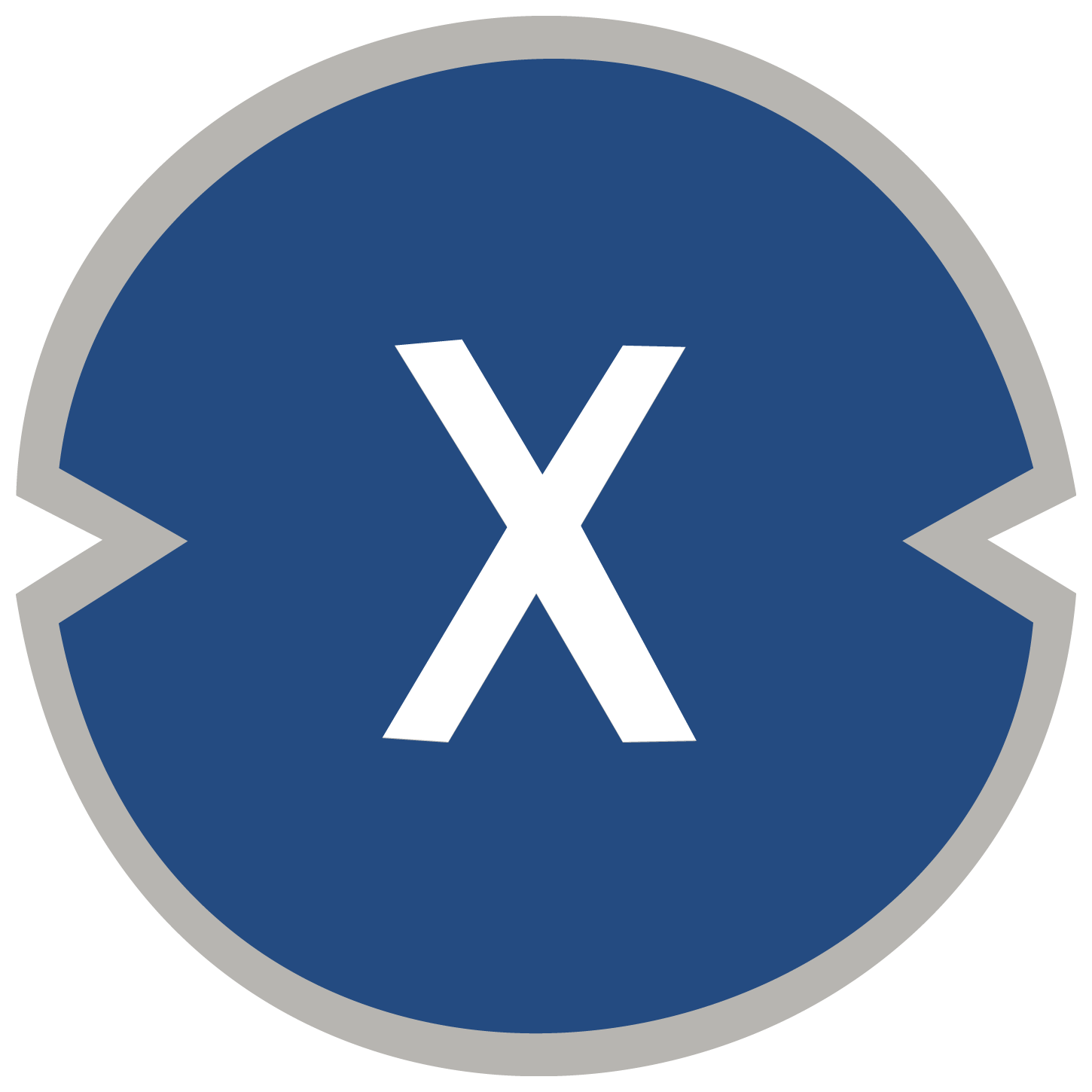Deep Dive
1. Tokenization Framework Integration (5 August 2025)
Overview: LCX’s codebase now automatically applies a 1% fee to all asset tokenization processes, directly tied to its utility token ($LCX). This update is part of its end-to-end tokenization infrastructure, which aligns with EU’s MiCA regulations.
The integration ensures that every tokenized asset on LCX’s platform contributes to $LCX demand, as fees are paid exclusively in the token. With the global tokenization market projected to reach $16T by 2030, this creates a scalable revenue model.
What this means: This is bullish for LCX because it directly ties token demand to real-world asset tokenization growth, a sector gaining institutional traction. (Source)
2. UI/UX Overhaul (15 July 2025)
Overview: LCX rebuilt its frontend and backend systems to improve load times by ~40% and streamline navigation. The update includes a redesigned dashboard for portfolio tracking and order execution.
Developers prioritized performance optimizations, reducing API latency and enhancing mobile app responsiveness. The overhaul also introduced dark/light mode toggles and customizable trading views.
What this means: This is neutral for LCX because while smoother UX could attract retail traders, it doesn’t directly impact token economics. However, it strengthens LCX’s competitive edge among regulated exchanges. (Source)
3. ZIGChain Mainnet Support (5 August 2025)
Overview: LCX added ZIGChain Mainnet compatibility, enabling deposits, withdrawals, and trading for ZIG-based assets. The update required RPC endpoint integrations and smart contract audits.
This follows LCX’s strategy to support emerging Layer 1 networks, expanding its multi-chain ecosystem. ZIGChain’s focus on gaming and DeFi aligns with LCX’s push for diversified asset offerings.
What this means: This is bullish for LCX because cross-chain interoperability attracts developers and users, potentially increasing exchange liquidity and $LCX utility. (Source)
Conclusion
LCX’s codebase advances prioritize utility-driven tokenomics (tokenization fees) and user experience, while regulatory compliance remains a cornerstone. How will these updates translate into measurable adoption as the tokenization market matures?





 Most Visited
Most Visited Community Sentiment
Community Sentiment Chain Ranking
Chain Ranking Bitcoin Dominance
Bitcoin Dominance Market Cycle Indicators
Market Cycle Indicators Relative Strength Index (RSI)
Relative Strength Index (RSI) Bitcoin Treasuries
Bitcoin Treasuries BNB Treasuries
BNB Treasuries Overall NFT Stats
Overall NFT Stats Upcoming Sales
Upcoming Sales Signals
Signals Trending
Trending New
New Gainers
Gainers Meme Explorer
Meme Explorer Top Traders
Top Traders Feeds
Feeds Lives
Lives Articles
Articles Research
Research